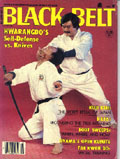

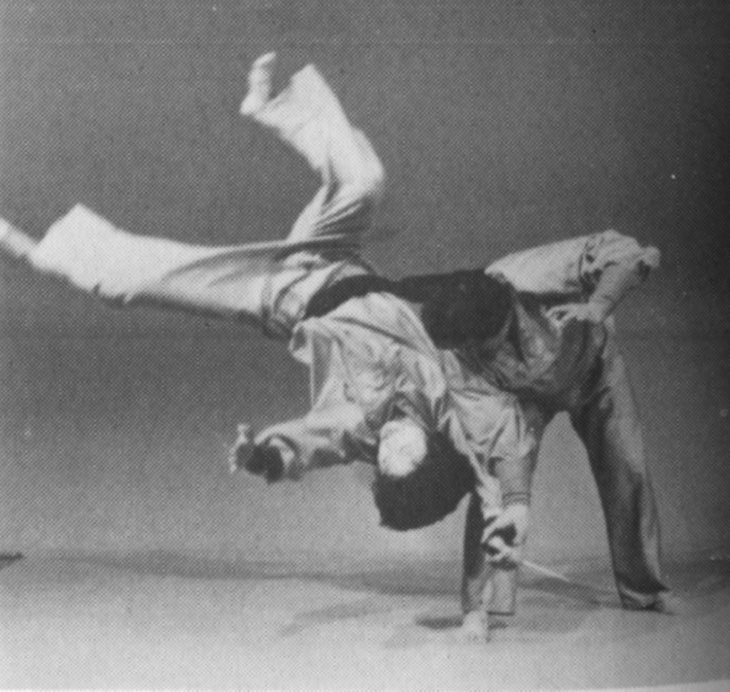 Although
fighting with weapons is as old as primitive man's knowledge of tools, the specialization
of fighting skills with particular weapons in Korea can be traced at least as
far back as 2,000 B.C. The ancestors of modern Koreans migrated to the Southern
peninsula from Northern Manchuria where most tribal peoples settled near large
rivers and fertile valleys. Weapons in this period were usually made of stone
and included knives, spears and axes.
Although
fighting with weapons is as old as primitive man's knowledge of tools, the specialization
of fighting skills with particular weapons in Korea can be traced at least as
far back as 2,000 B.C. The ancestors of modern Koreans migrated to the Southern
peninsula from Northern Manchuria where most tribal peoples settled near large
rivers and fertile valleys. Weapons in this period were usually made of stone
and included knives, spears and axes.
The young men of each village were often drafted into the defense of the tribe.
They were trained by the elders in the various combat forms known up to that
time, and they invented new ones or borrowed from contact with other tribes
or nations. Even though the raw material to fashion weapons became more sophisticated
after the introduction of iron, the remnant of the ancient culture still lingers.

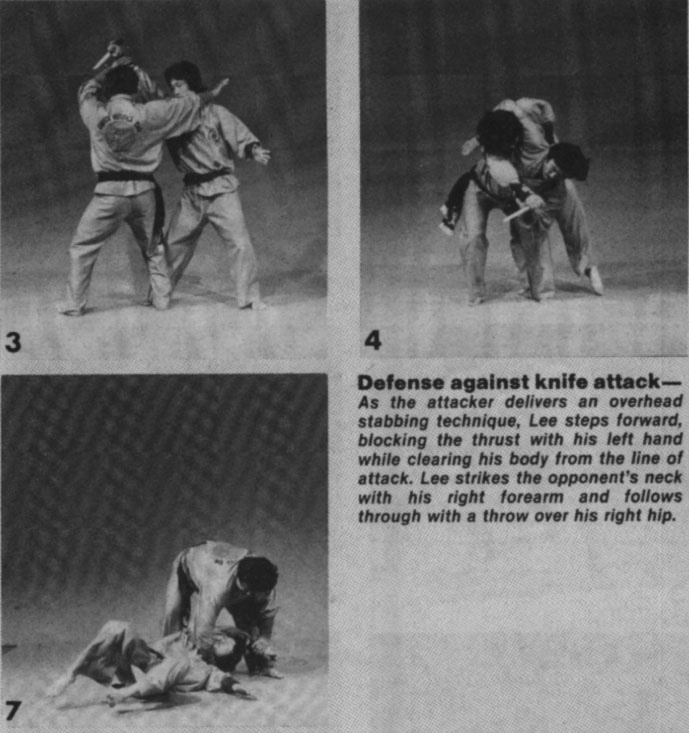
In those early days, warriors were required to learn how to throw small stones and later the Buddhist monks developed this rural skill into a high art form with the use of meditation pebbles which they carried with them at all times. (In Hwarangdo this art is called pyo chang sul bop.) Weapon techniques were traditionally kept secret for fear that the enemy might learn counter techniques and would recognize the strategy of attack as soon as he saw the kind of weapon drawn. But if he were unfamiliar with the weapon and the technique, it would give the defender a crucial edge at times when life could depend on a single movement. For that reason weapon practice was always done in private, and instruction was given only to the most trusted disciple.
Today, Korean martial arts have progressed beyond those simple times, and weapon fighting has changed with introduction of modern blades and handguns. An astonishing percentage of people walking the streets today are armed, and much of our mail requests information on self-defense against armed attackers. For that reason, we have excerpted some basic defenses against weapons from Hwarang Do, Volume III. This book is the third in a series by Joo Bang Lee.
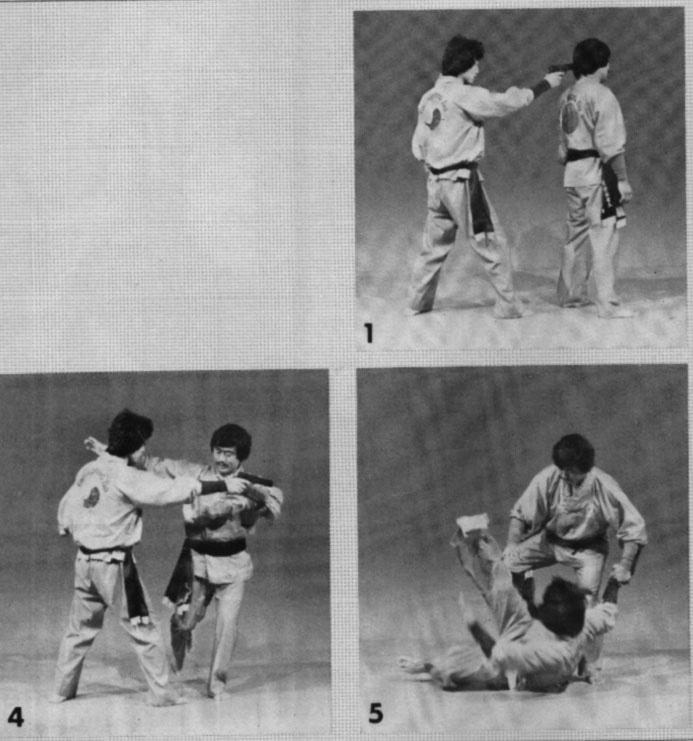
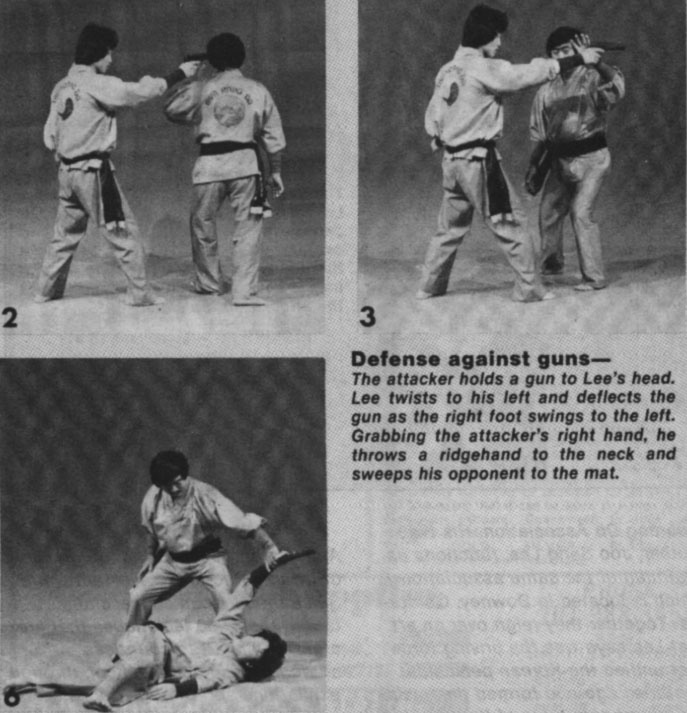
About Joo Bang Lee: Joo Bang Lee's life story is legendary in the martial arts world. In the early 1940's, he was enrolled in a temple in Korea which taught the ancient, nearly forgotten martial art practiced by Hwarang warriors which had been secretly handed down for generations during the turbulent Silla and Koryo dynasties. In 1960 Hwarangdo the martial art was founded by Joo Bang Lee and his brother and today Joo Bang Lee is the president of the World Hwarang Do Association. His brother, Joo Sang Lee, functions as chairman of the same association which is located in Downey, California. Together, they reign over an art that Lee says was the driving force that unified the Korean peninsula centuries ago and formed the basis for the modern state of Korea. In 1968 Joo Sang Lee first came to America and brought the martial art Hwarang Do to the Western world, Joo Bang Lee came to America in 1972. Since then, they have successfully taught the over 4,000 techniques that are a part of their art to countless students through their schools, exhibitions and books.
